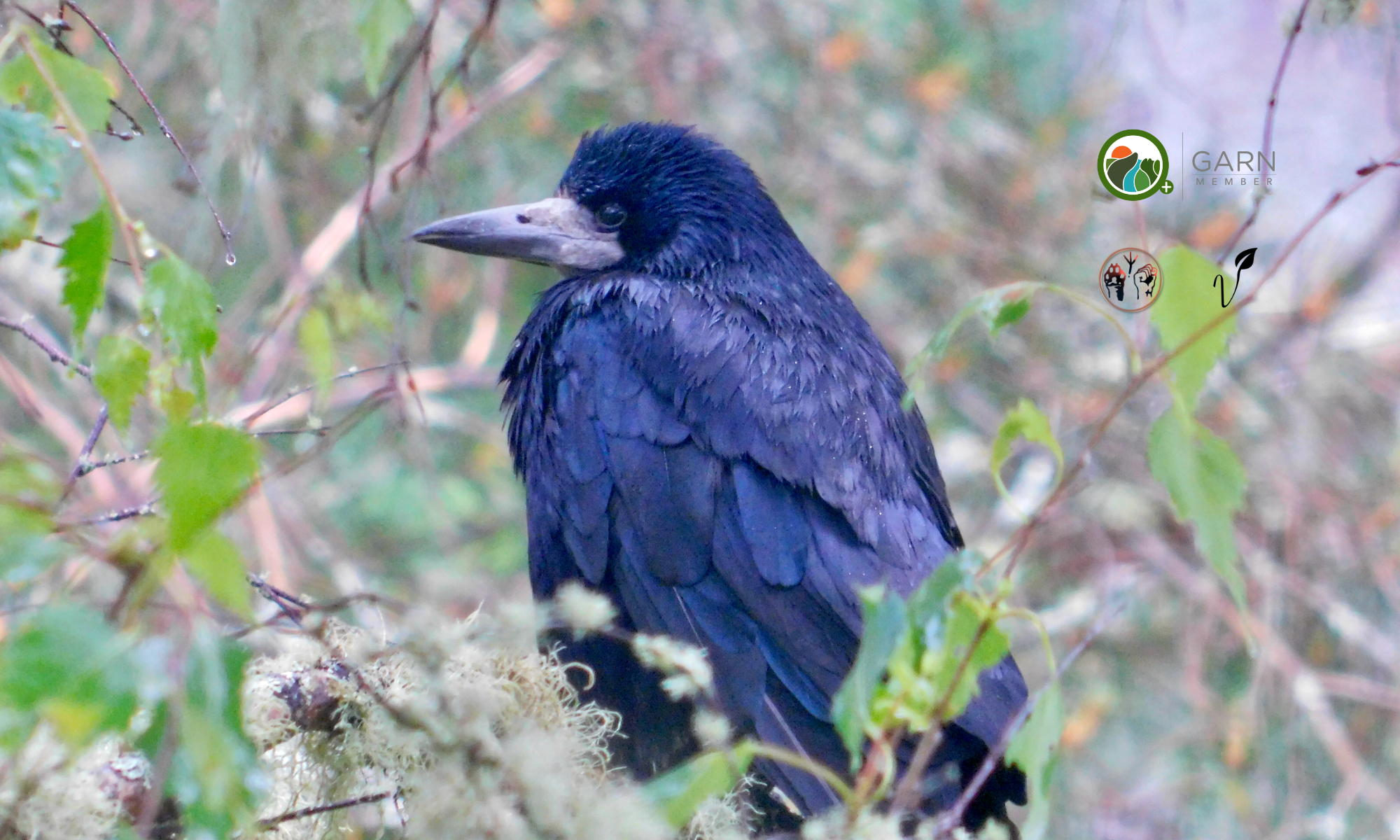One of the common challenges in wildlife rescue and rehabilitation is to be frequently confronted with the suffering of sentient beings. Rescue and rehabilitation of wild animals does also regularly generate the question of what is an acceptable quality of life. When trying to find an answer to this particular question, one will automatically discover more questions and potential problems. What can be done when the desired level of quality of life is not achievable at all, or at least not within an acceptable time frame? Or, just to name a few of those questions, can the achieved treatment and rehabilitation result be maintained for the rest of the potentially natural life of the animal concerned?




